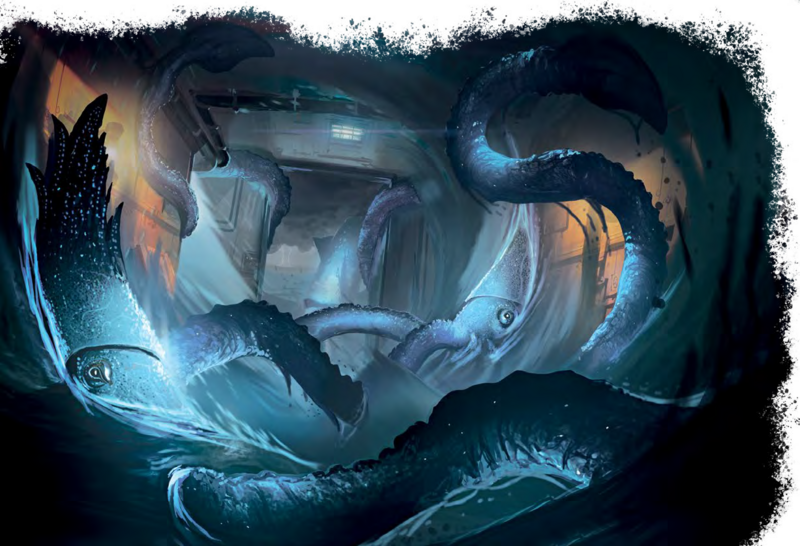
Oakland Shocker: Giant Squid Washes Ashore at Jack London SquareOakland Shocker: Giant Squid Washes Ashore at Jack London Square Jack London Square, Oakland – In an unprecedented event that has left marine biologists and the public alike stunned, a colossal giant squid washed ashore at Jack London Square in Oakland, California. The colossal creature, estimated to be around 50 feet in length, was discovered by passersby on Thursday morning. Photos and videos of the massive squid quickly spread on social media, drawing crowds to the waterfront in amazement. Experts from the California Academy of Sciences were called in to examine the squid. They identified it as a Humboldt giant squid (Dosidicus gigas), a deep-sea species known for its size and predatory behavior. Giant squids are rarely seen alive, and even dead specimens are uncommon. It is believed that the squid may have been killed in a collision with a ship or by a fisherman’s net. “This is an extraordinary find,” said marine biologist Dr. Emily Harbach. “Giant squids are elusive creatures, so to have one wash ashore like this is a once-in-a-lifetime opportunity.” Researchers are currently conducting a necropsy on the squid to determine the cause of its death and gather data on its biology. They hope to learn more about the mysterious life of these colossal creatures. The giant squid’s appearance at Jack London Square has caused a stir both scientifically and within the community. It has sparked discussions about marine biodiversity and the importance of ocean conservation. “This is a reminder of the wonders that lie beneath the surface of our oceans,” said Oakland Mayor Libby Schaaf. “We must protect these magnificent creatures and their habitats to ensure their survival for generations to come.” The giant squid’s carcass will be preserved for scientific study at the California Academy of Sciences. It is expected to be put on display in the museum’s collection in the future, providing a glimpse into the enigmatic and awe-inspiring world of these colossal cephalopods.
Posted inNews